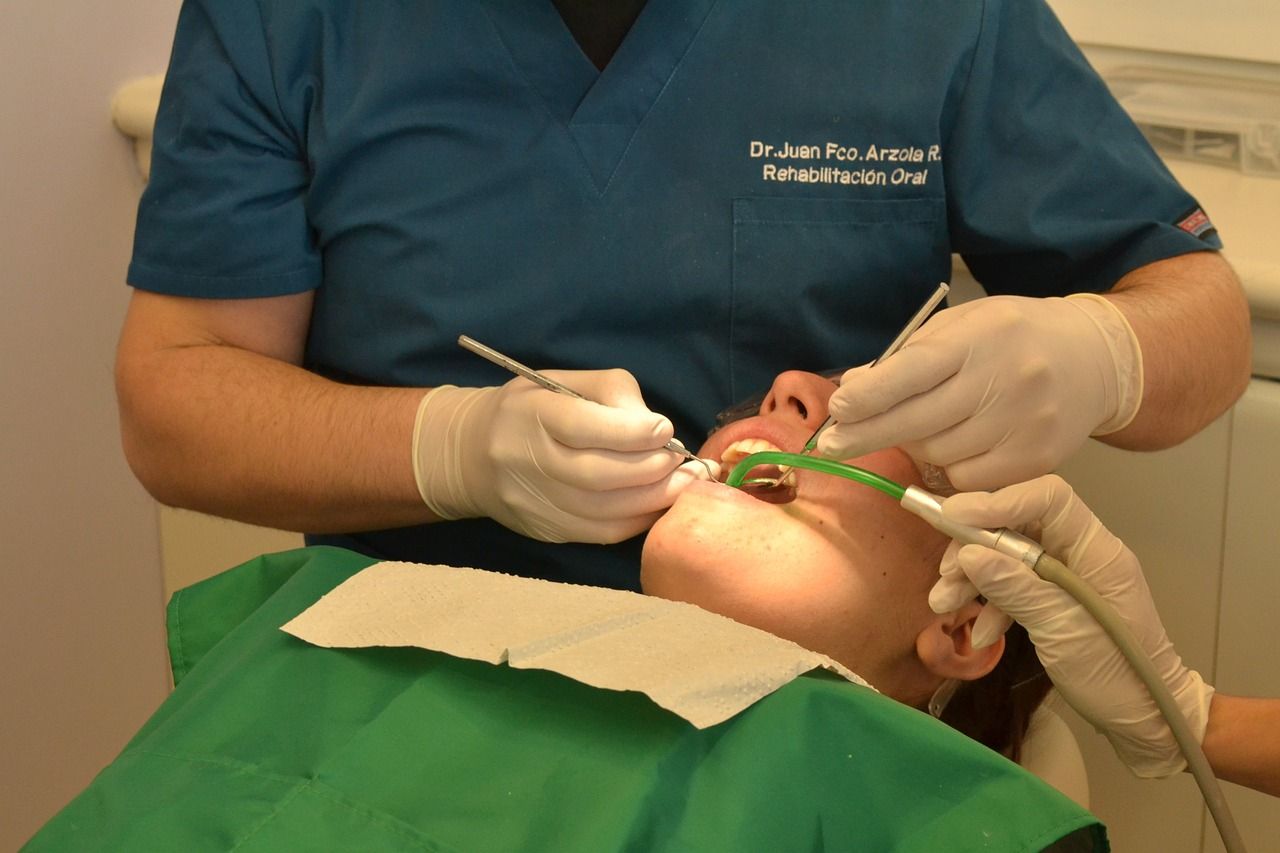How do dental cavities form? 🦷
Published by Adrien,
Source: The Conversation under Creative Commons license
Other Languages: FR, DE, ES, PT
Source: The Conversation under Creative Commons license
Other Languages: FR, DE, ES, PT
Follow us on Google News (click on ☆)
Cavities are the most widespread oral disease in the world, with 2 billion people affected! We know that a sugary diet promotes dental cavities, but how exactly?

Illustration image from Pixabay
Dental cavities, which lead to the progressive destruction of the tooth, are an infectious disease that always develops from the outside in. If left untreated, they can reach the dentin, a layer located beneath the enamel.
At this stage, the tooth becomes painful when stimulated by actions such as chewing. The cavity is now active and may progress to affect the pulp, the innermost layer of the tooth. This is why you should not delay consulting your dentist.
Children, particularly young ones, are the most affected. This is referred to as early childhood cavities, which occur before the age of six on baby teeth with thinner enamel compared to permanent teeth. Early childhood cavities, in addition to adult cavities, represent a public health issue in France.
Acidity demineralizes the tooth
Enamel, the outermost layer of the tooth, is also the hardest substance in our body. It is composed of the same mineral found in bones, known as hydroxyapatite. Although mineral in nature, enamel is actually a dynamic structure, undergoing regular cycles of demineralization and remineralization. When disrupted, this cycle becomes unbalanced in favor of demineralization.
Hydroxyapatite is a calcium phosphate, whose phosphate group is particularly sensitive to acids. An acidic environment causes demineralization as the phosphate separates from the calcium, leading to the birth of cavities! Enamel is directly exposed to dental plaque, a natural biofilm made up of our oral microbiome, the bacteria we normally host in our mouths.
Enamel weakens when an event acidifies the dental plaque. For example, alcohol and tobacco consumption promote the formation of cavities because they affect the salivary glands, thus reducing saliva secretion. Yet, saliva is crucial for lowering acidity in the oral cavity.
Another factor that can acidify dental plaque is its composition itself: oral bacteria. These bacteria are commensal, meaning they help predigest part of our food, and some are considered "acidic" bacteria. These include Streptococcus mutans and Lactobacillus acidophilus, which ferment sugar into lactic acid. The real culprit behind cavities is an imbalance, namely the abnormal proliferation of these bacteria, rather than their mere presence.
An excess of sugar in the diet allows these bacteria to multiply faster, creating a vicious cycle as they ferment the same sugar into lactic acid.
The leading role of sugar
In 2021, it was discovered that the oldest evidence of dental cavities dates back 54 million years. It was found on the fossilized teeth of Microsyops latidens, a small primate that lived during the emergence of the first fruit-bearing trees, making its diet richer in sugar. Interestingly, no evidence of cavities has been found in animals other than mammals, the class of vertebrates which includes some frugivorous, herbivorous, or omnivorous species.
Also in 2021, an international collaboration revealed that, contrary to popular belief, wild primates suffer from cavities, particularly small frugivorous monkeys. Their diet provides fermentable sugars in their mouths. Around 30,000 years ago, Neanderthals were fond of dates, a fruit considered cavity-promoting. However, their cavity rate was low, likely due to a diet that was overall low in fruits and rich in meat.
In humans, the first cavities are thought to have appeared 11,000 years ago, during the Neolithic revolution. Sedentary living enabled the rise of cavities, particularly with the consumption of flour-based foods.
One of the professions most affected by cavities is the baker's trade, due to the flour-laden atmosphere in their workplace! Flour consists of 70% slow-digesting sugars, which saliva breaks down into fast-digesting sugars that are then fermented by acidic bacteria.
How can you protect yourself from cavities?
Cavities are the most widespread oral disease in the world but also the most preventable. You can enjoy sugary treats as long as you brush your teeth afterward! The most famous active ingredient in toothpaste is fluoride, which remineralizes enamel into a less soluble form than hydroxyapatite, known as fluorapatite. However, regardless of the toothpaste composition, the most important thing is maintaining good oral hygiene to prevent the thickening of dental plaque!